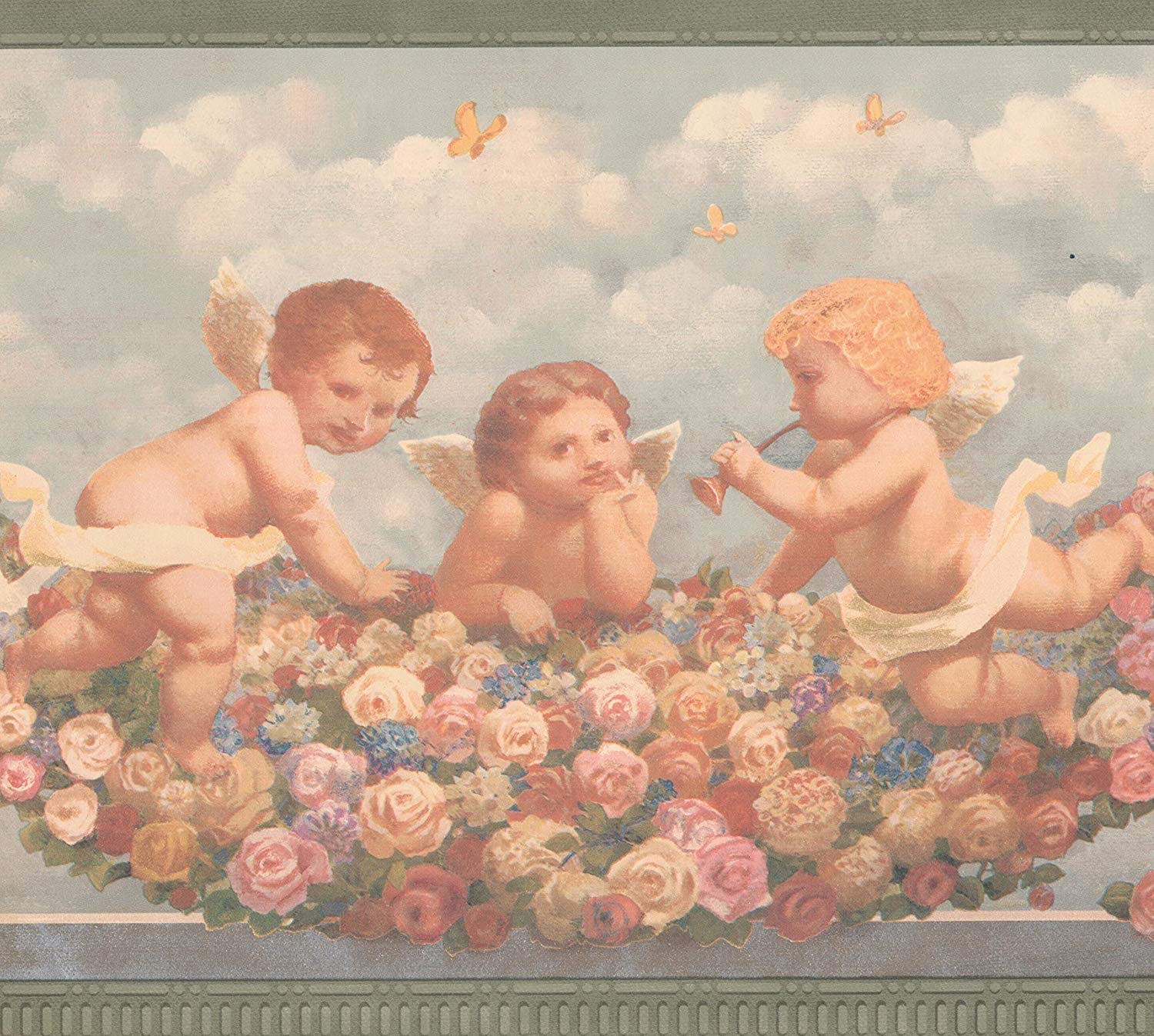Throughout various cultures and belief systems, cherubs have emerged as enchanting and multifaceted symbols. These divine beings, often depicted as winged children or youthful angels, are evocative figures within Christian, Islamic, and other spiritual traditions. Popularized through art, literature, and film, cherubs have captured the imaginations of many, akin to characters like the whimsical Tinkerbell from Peter Pan or the mischievous Puck from A Midsummer Night’s Dream. The nuances and significance of cherubs — from their dream meanings to their symbolic implications — merit exploration in order to understand their impact across different spheres of life.
On a psychological level, cherubs can represent innocence, joy, and the untarnished essence of childhood. Individuals may encounter cherubs in their dreams, wherein these beings often signify hope, love, or a fleeting sense of peace. The presence of cherubs in a dream may serve as a reminder of the purity of one’s own aspirations or perhaps an encouragement to embrace a more carefree attitude. The conclusions drawn from such dreams provide solace, indicating that inner joy and simplicity can surface even during life’s tumult. For example, if an individual dreams of cherubs flying freely among the clouds, it might symbolize a yearning for liberation from the confines of adult responsibilities and the reclaiming of lost childhood wonder.
In many spiritual contexts, cherubs serve as intermediaries between the divine and humanity. The Christian biblical interpretation of cherubs is deeply rooted in scripture, where they are often illustrated as protectors of sacred spaces or bearers of divine knowledge. In Genesis, for instance, two cherubs are positioned at the entrance of the Garden of Eden, wielding flaming swords to guard against the return of humankind. This imagery not only signifies divine protection but also serves as a metaphor for the transition from innocence to experience. Hence, cherubs can symbolize the juxtaposition between earthly desires and the call toward spiritual enlightenment.
Islamic perspectives on cherubs, while not explicitly named as such, also encapsulate angelic figures that fulfill essential roles. The notion of angels in Islam encompasses a diverse array of beings, including those who record human deeds and serve as guardians. In this context, cherubs can embody the peace that comes from divine connection, where their presence in dreams might evoke a sense of divine oversight or guidance. Such dreams could prompt individuals to introspect on their moral choices, encouraging a deeper alignment with their spiritual values. The angelic symbolism extends into an understanding of the afterlife and the belief that cherubic figures facilitate a transition into the hereafter, reiterating their omnipresence in guiding souls.
Beyond religious frameworks, cherubs find resonance in philosophical discourses, primarily through the lens of syllogism. The classic form of reasoning could posit that if cherubs symbolize innocence and divine love, and if humanity seeks these attributes, then cherubs can be portrayed as ideal conduits for invoking compassion and care in our lives. This intellectual exploration reinforces the notion that cherubs serve as archetypes in human consciousness—an embodiment of innate goodness and reminders of the potential for grace within us all.
Diving deeper, the symbolic interpretation of cherubs may unveil layers of meaning connected to art and culture. Throughout history, cherubs have appeared in works ranging from Renaissance painting to contemporary design, often adorning ceilings, frescoes, or even modern digital media. Their representation in various styles, from the ornate and cherubic paintings of Raphael to whimsical illustrations in children’s literature, underscores their versatility as symbols. This prominence in visual culture reinforces a collective understanding of cherubs as beings of affection, underlining humanity’s enduring fascination with the ethereal qualities they represent.
Moreover, the psychological angle unveils how cherubs might resonate differently based on individual experiences and cultural upbringing. A child exposed to cherubs through fairy tales may associate them with safety and joy, while an adult reflecting on cherubic dreams could regard their presence as symbols of nostalgia or lost potential. The inherent ambiguity in cherubic symbolism invites personal interpretation, suggesting that these beings adapt to the emotional and spiritual landscapes of those who encounter them.
Ultimately, cherubs and their manifold interpretations serve as rich subjects for contemplation. Their dream meanings, syllogistic connections, symbolic presence, and spiritual significances coalesce into a tapestry of understanding that transcends mere imagery. Cherubs, whether viewed through the lens of youthful exuberance, divine guardianship, or even moral philosophy, invite us to explore our deepest aspirations for love, innocence, and purity. They compel us to examine the intersections of our lives with the celestial, reminding us that amid the chaos of adulthood, the essence of childhood wonder can still flicker brightly.
In conclusion, cherubs embody a complex symbolism that unites various interpretations across religious, psychological, and cultural contexts. They function not only as captivating figures in art and literature but also as profound symbols in our dreams and spiritual musings. May we embrace the cherubic ideals of love and joy, allowing them to inspire us as we navigate the intricate journey of life.










